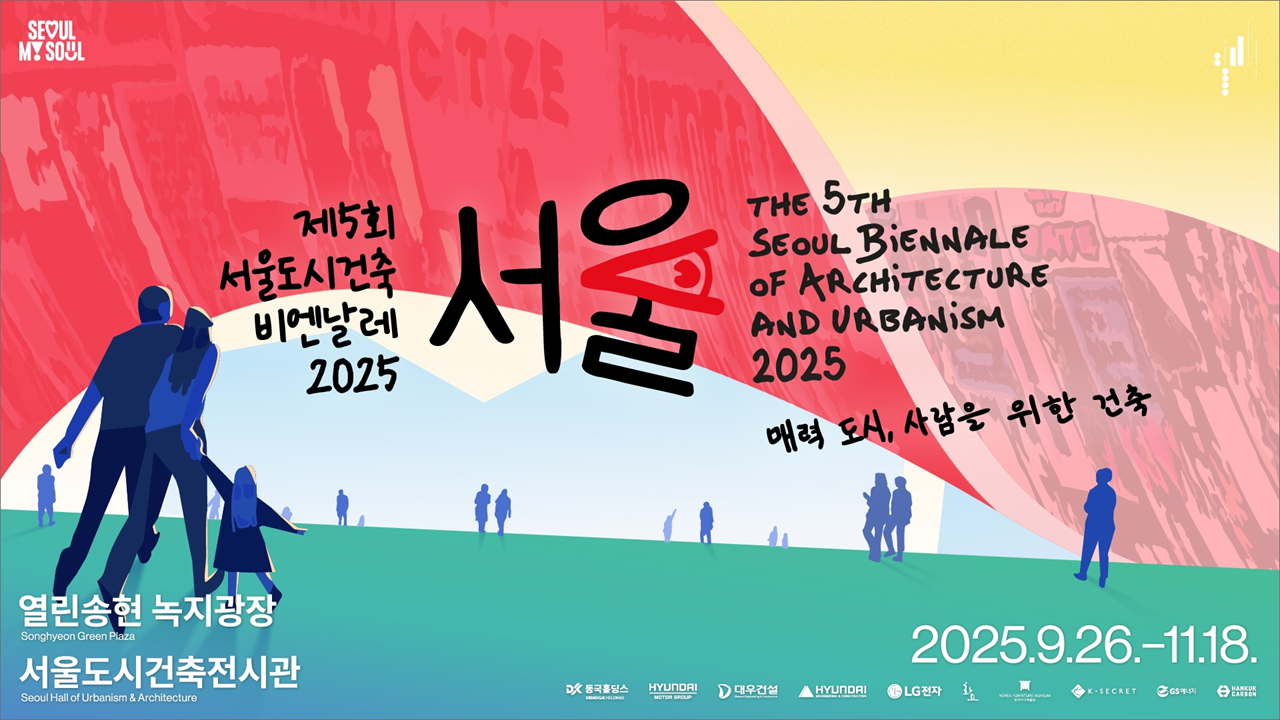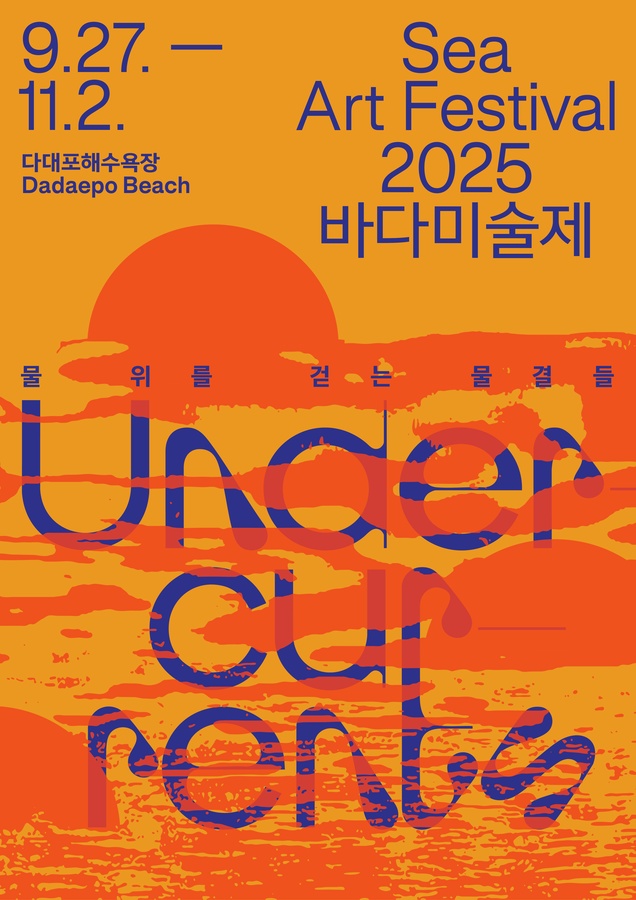
Daejeon Art and Science Biennale (대전과학예술비엔날레) – Future of Cities (미래도시)
As interest in contemporary art increases rapidly in South Korea, museums, art fairs, and biennials in cities other than Seoul are also attracting large crowds. Earlier this year, for example, it was reported that the Ulsan Museum of Art and the Tongyeong International Triennale welcomed the most visitors.
Even more art enthusiasts are anticipated to visit the provinces in the second half of this year. The Daejeon Art and Science Biennale, which combines the themes of technology, nature, and humans, is in the final stages of preparing to open their respective events.
The Daejeon Art and Science Biennale, organized by the Daejeon Museum of Art (DMA), will be held from August 2 to October 30, 2022, with the theme Future of Cities.
This year, the biennale will feature twenty-two artists and teams (twenty-three artists in total) from eleven countries. Unlike other biennials, the Daejeon Art and Science Biennale is organized by the museum and does not invite an outside artistic director. Five places will host the exhibition: the Daejeon Museum of Art, the Creative Center of DMA, the TJB building, the Daejeon Ilbo building, and Space From The Corner.
The main exhibition of the biennale will take place at the museum, and in the remaining four locations, the works of four artists and teams selected through the Call for Artists program will examine the themes of networks, culture, history, and the environment from a new perspective.
Future of Cities will provide an open space where visitors can imagine a world where all living things on the planet that depend on each other have equal rights and create a world together. The main exhibition will consist of three sections. The first section will offer visitors a chance to contemplate how humans and non-humans can coexist. In the second section, visitors can imagine a future city based on the present, and in the last section, visitors are invited to envision a new type of city where reality and virtuality overlap.
The exhibition examines various problems, such as environmental crises, pandemics, and issues of technological development, and seeks to find alternative scenarios. It also explores the possibilities of the future through the work of the artists.
Twenty-three participating artists from Finland, Canada, Italy, the Netherlands, France, Japan, and Korea work in a variety of mediums, including installation, media, painting, and sculpture.
























